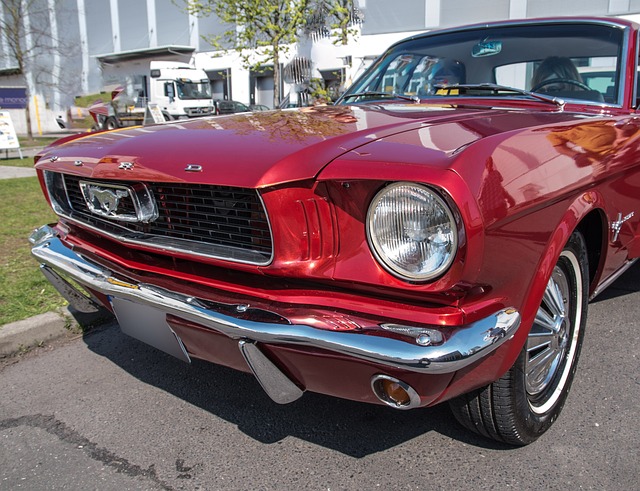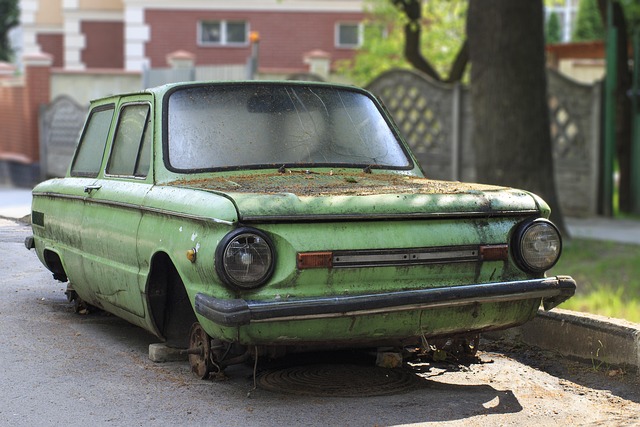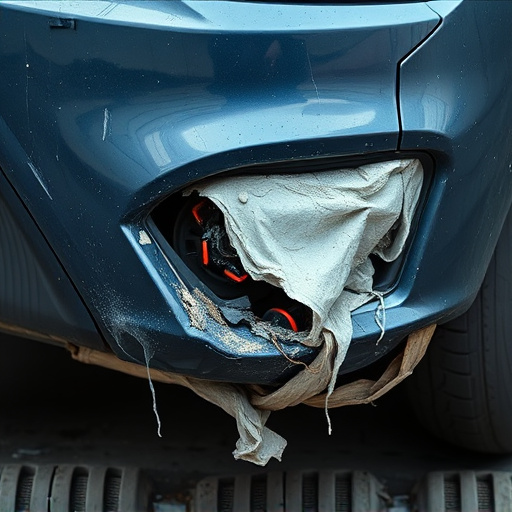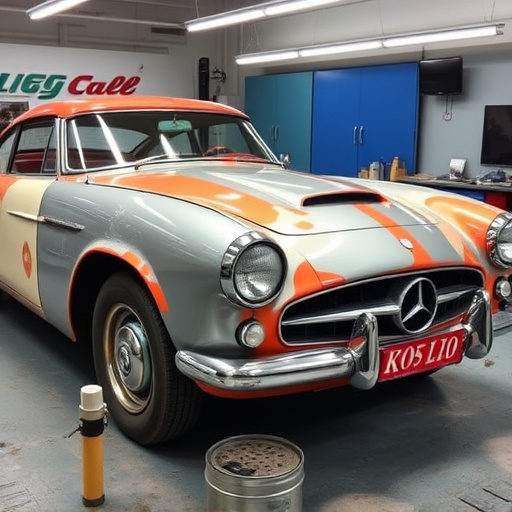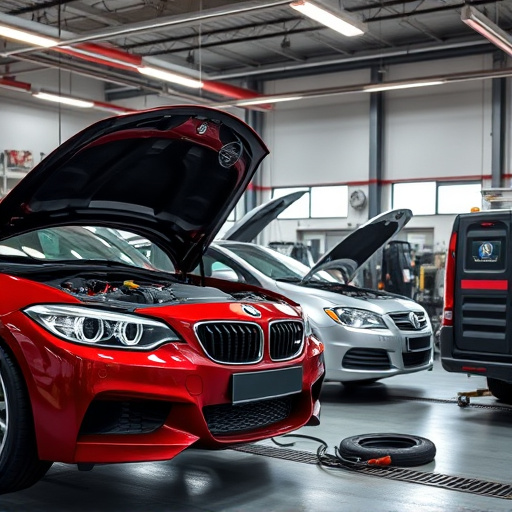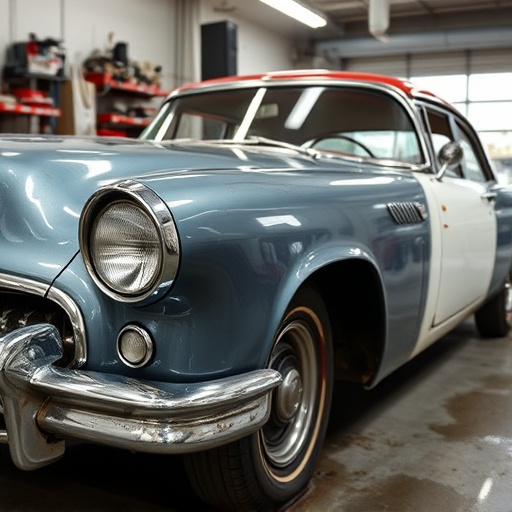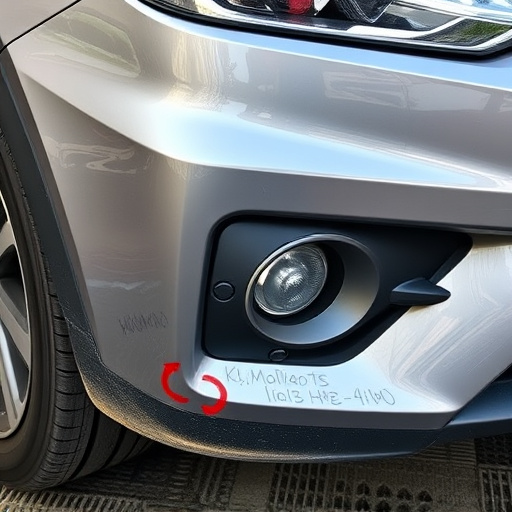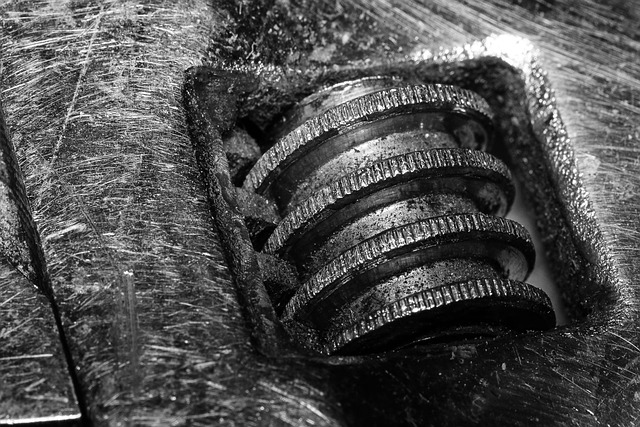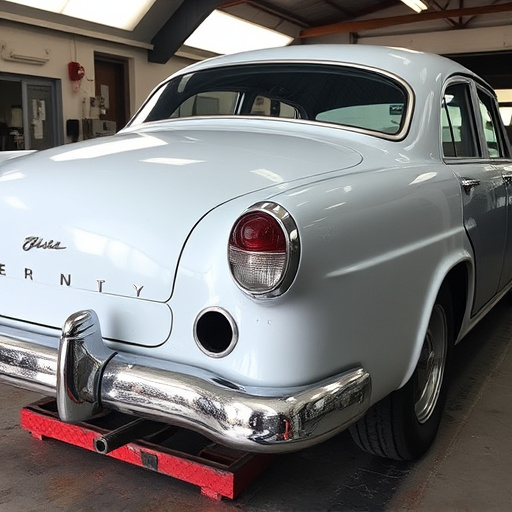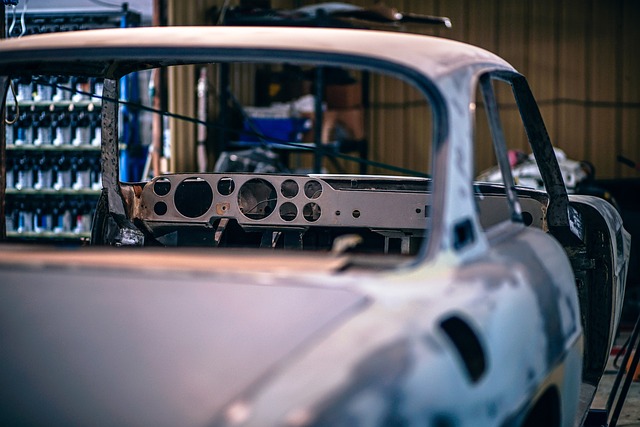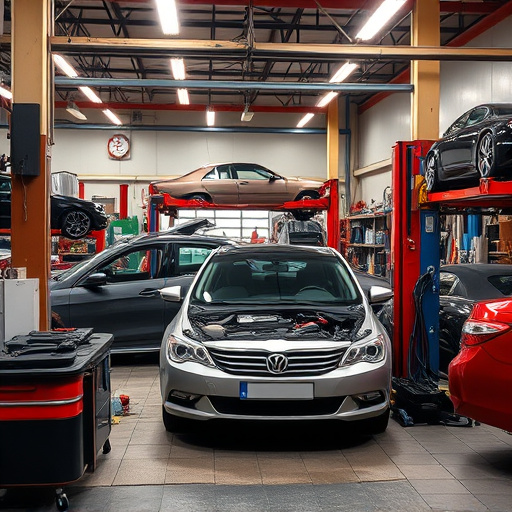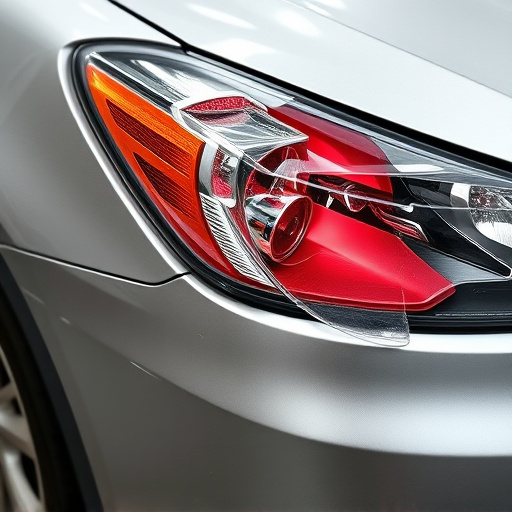Before clear coat repair, prepare surface with gentle sanding and thorough washing, ensuring complete drying. Choose suitable clear coat based on vehicle age, make, model, and environmental conditions for optimal integration with repair techniques. Prioritize safety by working in a well-ventilated area, wearing protective gear, and following manufacturer curing guidelines to ensure long-lasting results. Consider using a sealer or topcoat for enhanced protection after cure.
Learn how to prevent future damage after clear coat repair with this comprehensive guide. Before starting, ensure your car’s surface is thoroughly prepared—a crucial step that sets the foundation for a successful repair. Choose the right clear coat tailored to your vehicle’s needs, as different finishes offer varying levels of protection. Always follow safety precautions during application and curing to guarantee optimal results. Implement these steps, and you’ll enjoy a durable, high-quality clear coat finish that protects against future damages.
- Prepare the Surface Thoroughly Before Repair
- Choose the Right Clear Coat for Your Car's Needs
- Follow Safety Precautions During Application and Curing
Prepare the Surface Thoroughly Before Repair
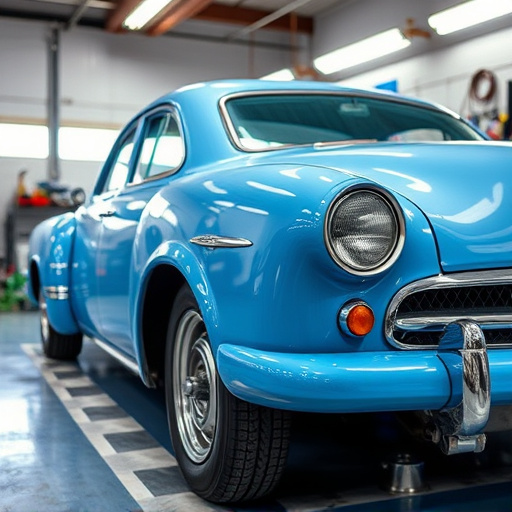
Before attempting any clear coat repair, it’s vital to prepare the surface thoroughly. This involves meticulous cleaning and decontaminating the damaged area to remove any dirt, grease, or foreign particles that could compromise the integrity of the new coating. A proper surface preparation ensures optimal adhesion between the existing paint and the fresh clear coat, enhancing the durability of the repair.
Start by gently sanding the affected zone with fine-grit sandpaper to create a smooth, slightly roughened surface. This mechanical action helps improve paint bond strength. Afterwards, thoroughly wash the area with a mild detergent and water solution, then degrease if necessary. Dry the surface completely before proceeding to clear coat repair, as any moisture residual can negatively impact the final finish. Many body shop services emphasize the importance of this step, as it’s key in preventing future damage during the car paint services process.
Choose the Right Clear Coat for Your Car's Needs

When undertaking clear coat repair, selecting the appropriate clear coat for your car’s unique requirements is paramount. Different cars have distinct needs depending on factors like their age, make, model, and environmental exposure. For instance, modern vehicles with advanced paint systems may necessitate a more resilient clear coat capable of withstanding UV rays and harsh weather conditions, whereas older cars might require a formula that offers better compatibility with their existing paint layers.
Choosing the right clear coat not only ensures optimal aesthetics post-repair but also extends the longevity of your vehicle’s bodywork. Collision repair services often offer expert advice on product selection, taking into account not just the clear coat itself but also its ability to seamlessly integrate with collision repair techniques like painting and bonding, ultimately delivering a flawless finish that protects your car’s body repair for years to come.
Follow Safety Precautions During Application and Curing

When conducting clear coat repair, safety should be your top priority from the moment you start the application process until the coating is fully cured. Always work in a well-ventilated area to avoid inhaling harmful fumes, and ensure you’re wearing protective gear, including gloves, safety glasses, and a respirator mask designed for paint particles. This is crucial not only for your health but also for ensuring the longevity of the repair job.
During the curing process, keep the repaired area free from dirt, dust, and other contaminants that could affect the finish. Depending on the product used, follow the manufacturer’s guidelines regarding temperature and humidity levels to ensure optimal curing. For many clear coat products, this means avoiding direct sunlight or extreme heat until the coating has fully set. Additionally, consider using a clear coat sealer or topcoat to provide extra protection and enhance the durability of your auto body repairs or vehicle restoration project, extending its tire services life and maintaining that fresh look.
Proper preparation, selecting the suitable clear coat, and adhering to safety guidelines are key to preventing future damage after a clear coat repair. By thoroughly cleaning and decontaminating the surface, choosing a product matched to your car’s specific needs, and following manufacturer recommendations for application and curing, you can ensure a durable, high-quality finish that protects against future deterioration, maintaining the vehicle’s aesthetics for years to come.


